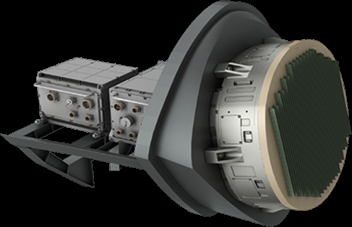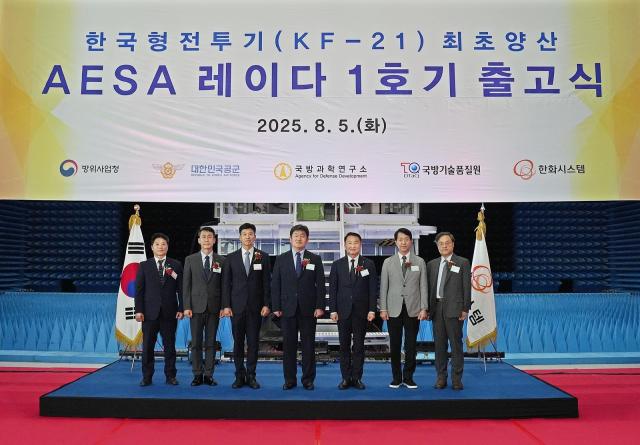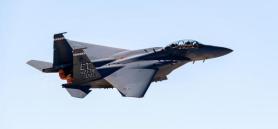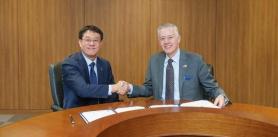
SEOUL, August 06 (AJP) - Hanwha Systems has completed delivery of South Korea’s first domestically mass-produced Active Electronically Scanned Array (AESA) radar for the KF-21 fighter jet, marking a significant milestone in the nation’s push for self-reliant defense technology, the company announced Wednesday.
The radar handover ceremony was held Tuesday at the Hanwha Systems Integrated Research Center in Yongin, Gyeonggi Province. The event was hosted by South Korea’s Defense Acquisition Program Administration (DAPA) and organized by Hanwha Systems.
Under the contract terms, a total of 40 AESA radar units are scheduled to be delivered by 2028 for integration into the next-generation KF-21 Boramae fighter, developed by Korea Aerospace Industries.
The AESA radar is considered a cornerstone of modern air combat capability.
Comprising approximately 1,000 transmit/receive modules (TRMs), the radar electronically steers its beam without mechanical movement by varying the phase of signals emitted from each module. This enables rapid scanning across wide angles, allowing the radar to detect, track, and identify multiple targets simultaneously — a sharp contrast to older mechanically scanned radars.
The successful mass production of the radar underscores South Korea’s emergence as a credible developer of advanced defense electronics — an achievement made more notable by early skepticism surrounding the project.
In 2015, the United States declined to transfer core AESA radar technologies for the KF-21, raising doubts about the feasibility of a fully indigenous solution.
Hanwha Systems joined the program as a prototype manufacturer under the leadership of the Agency for Defense Development (ADD), completing the first working prototype in 2020 — just four years after development began. The project is now viewed as a landmark case of South Korea’s growing capabilities in strategic military technologies.
“Hanwha Systems is the only domestic company to have successfully developed and mass-produced a homegrown AESA radar for aircraft,” said Park Hyuk, head of the company’s Defense Electronics division. “With export deals already in hand, we’re now accelerating efforts to bring our radar systems to the global market.”
Park added that the company aims to broaden the application of its AESA radar technology across a range of platforms, including mid-size fighter jets, light combat aircraft, and even small drones.
The KF-21, South Korea’s first domestically developed fighter jet, is expected to serve as the backbone of the country’s air force over the coming decades, and its successful integration of homegrown components is central to Seoul’s ambitions for defense autonomy and global competitiveness in the arms industry.

Copyright ⓒ Aju Press All rights reserved.



